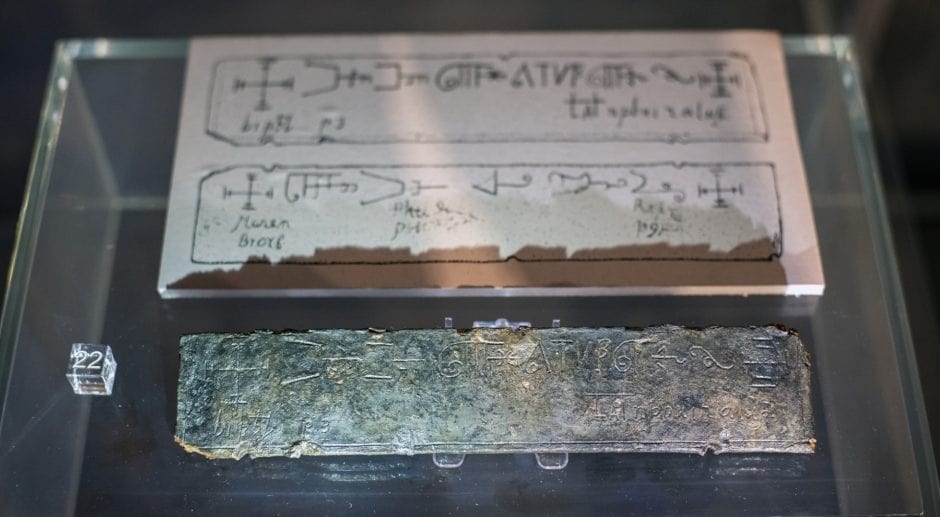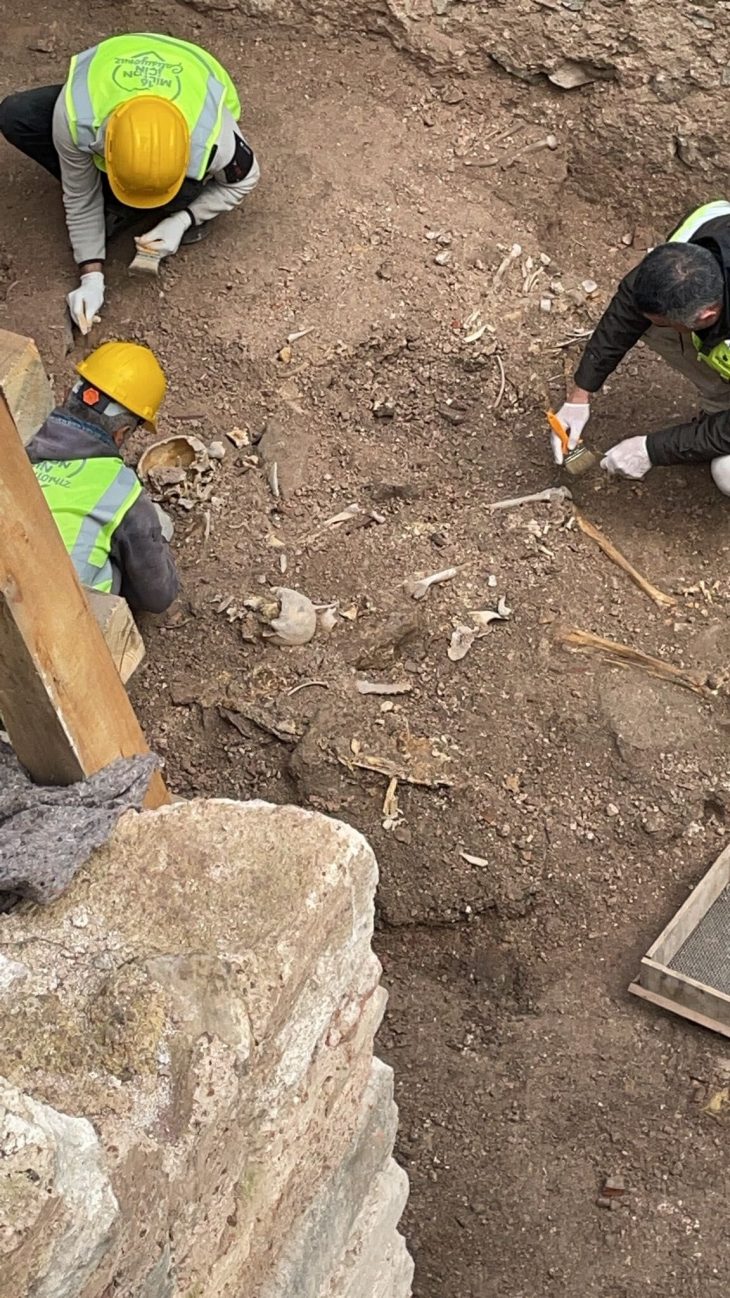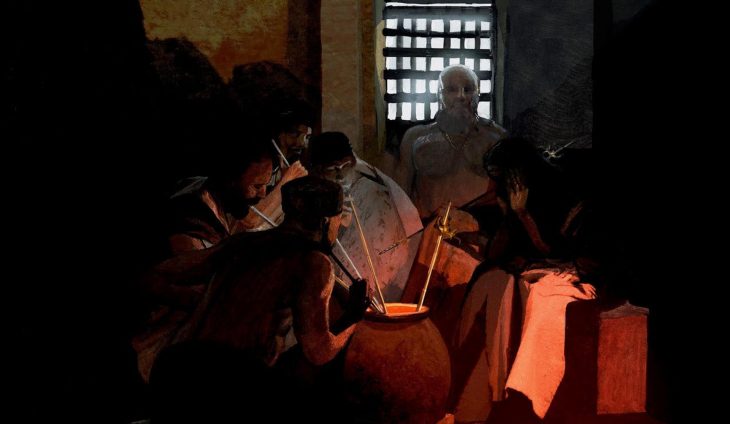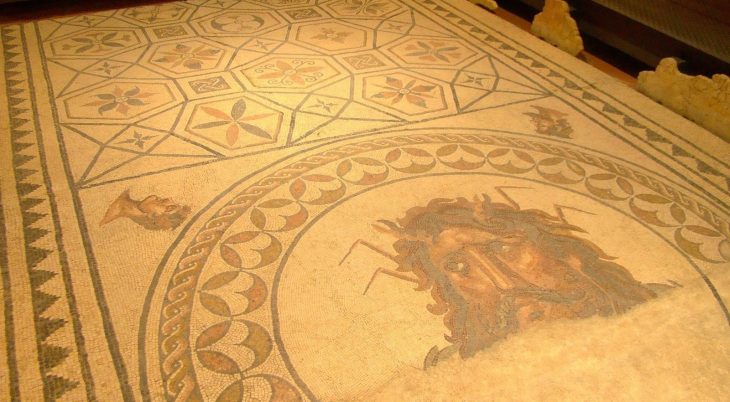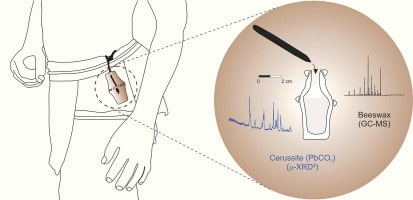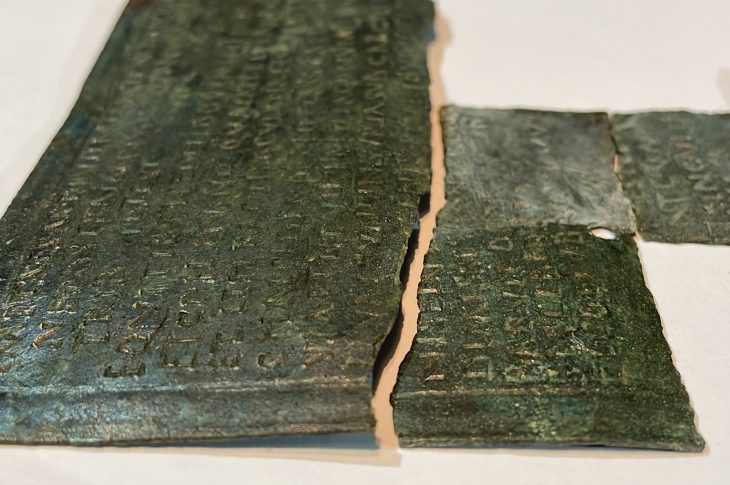In the Museum of the Palace of the Grand Dukes in Vilnius, Lithuania, a mysterious lead tablet dating back to the 13-14 centuries with a script still undeciphered despite its discovery 20 years ago is on display.
The mysterious plaque was found twenty years ago while exploring Vilnius castles. Archaeologists were using a metal detector to scout the location where some of the earliest wooden structures were located. They were expecting to find a treasure or a simple axe and were surprised when the large object turned out to be a rectangular metal strip of metal with strange engravings.
The metal tablet, nineteen centimeters long, four centimeters wide, and almost half a centimeter thick, was found nailed to a wooden base.
The mysterious plate has attracted the interest not only of Lithuanians but also foreign researchers. They tried to find out what could be written on it: could Lithuanians have had their a writing since ancient times and this is the first trace of such a possible writing? No examples of old Lithuanian writing, if any, have been found so far. Researchers searched avidly for analogs or similar symbols – and as the mysteries grew, it became clear that these were not random scribbles.
“We tried to find a logical explanation for the markings: on the sides of the tablet, the beginning and the end were marked with crosses, as if they were marking the beginning and the end of the text,” said Gintautas Striška, head of the Archaeology and Architecture Department at the Palace of the Grand Dukes of Lithuania Museum in Vilnius.
“The text is clearly composed of several lines. The top line seems to be written in two ways – signs and letters, and the bottom line has several more lines with various inscriptions,” he added.

“At the time, we thought that part of the text may have been written in ancient Greek. With the help of linguists, we saw that part of it could be translated as ‘Algirdas Basileus’ – that is, ‘King Algirdas’,” said Striška.
“The letters only resemble Greek letters, and a person who carved them may have missed something or combined several letters into one, making deciphering the record difficult,” he added.
The lead tablet could refer to Grand Duke Algirdas, who ruled Lithuania from 1345 to 1377. According to Striška, the Byzantine emperor is known as Basileus, but Algirdas did not have such this title. In a letter to the Patriarch of Constantinople in 1370, he referred to himself as Basileus. It was an attempt to demonstrate that he was a sovereign ruler comparable to the Byzantine Emperor.
“Therefore, such an inscription on the tablet is entirely plausible,” said Striška.“But the small plaque hides more secrets: when the restoration of the find began, it turned out that the reverse side of the plaque also had a writing.”
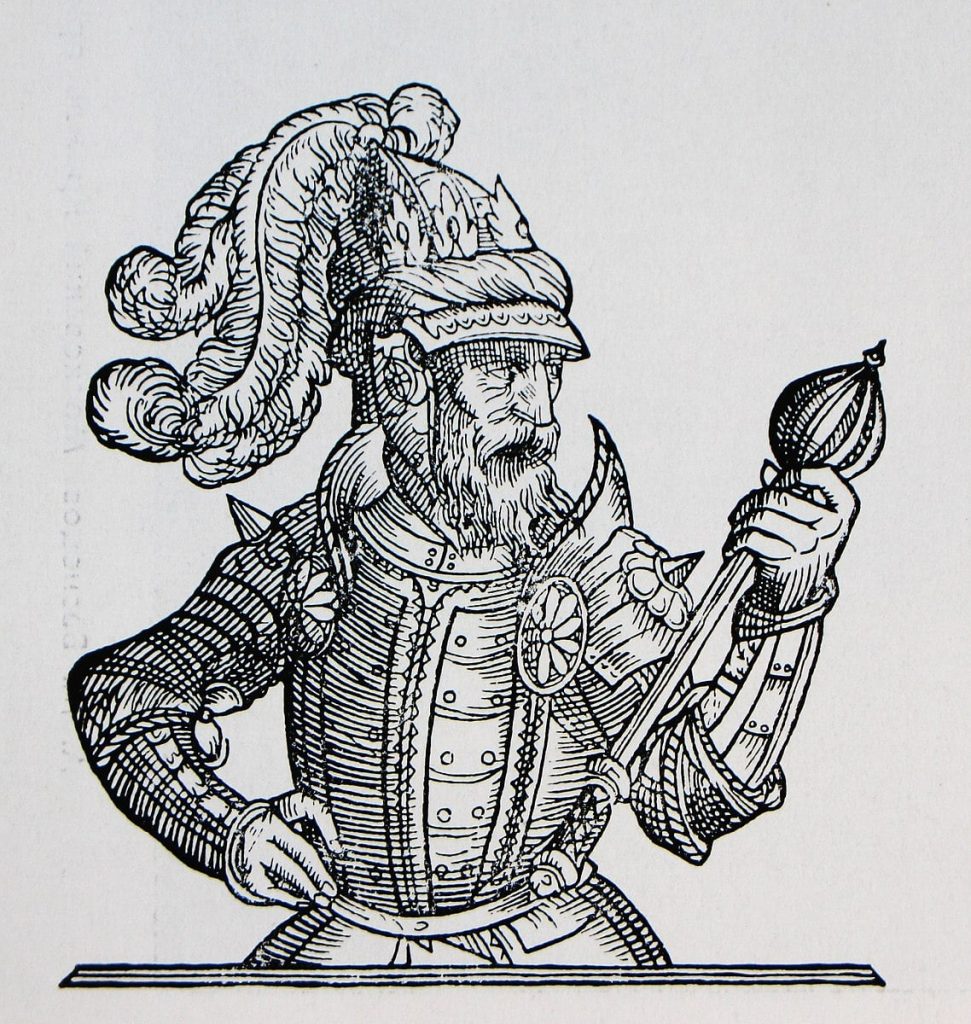
The archaeologist says that many words are similar to names. There is a better preserved two-line inscription, where the incised letters can be read as Marem Byoyb. Several other entries next to it might also refer to names.
The mysterious inscription was most likely written by more than one person. Smaller, somewhat different-looking hand-carved letters made of soft metal are located on the bottom, while meticulously engraved symbols and capital letters are located on the top. It is also possible that the inscriptions on the plate are engraved in several languages, making it difficult to read.
The names inscribed on the tablet could be signatures of the participants in a trade agreement. According to the archaeologist, if such a version were to be confirmed, we would have one of the first names of merchants in Lithuania.
When scientists could not find an answer, they stopped speculating and left this work for the future.
Cover Photo: Palace of the Grand Dukes of Lithuania Museum

